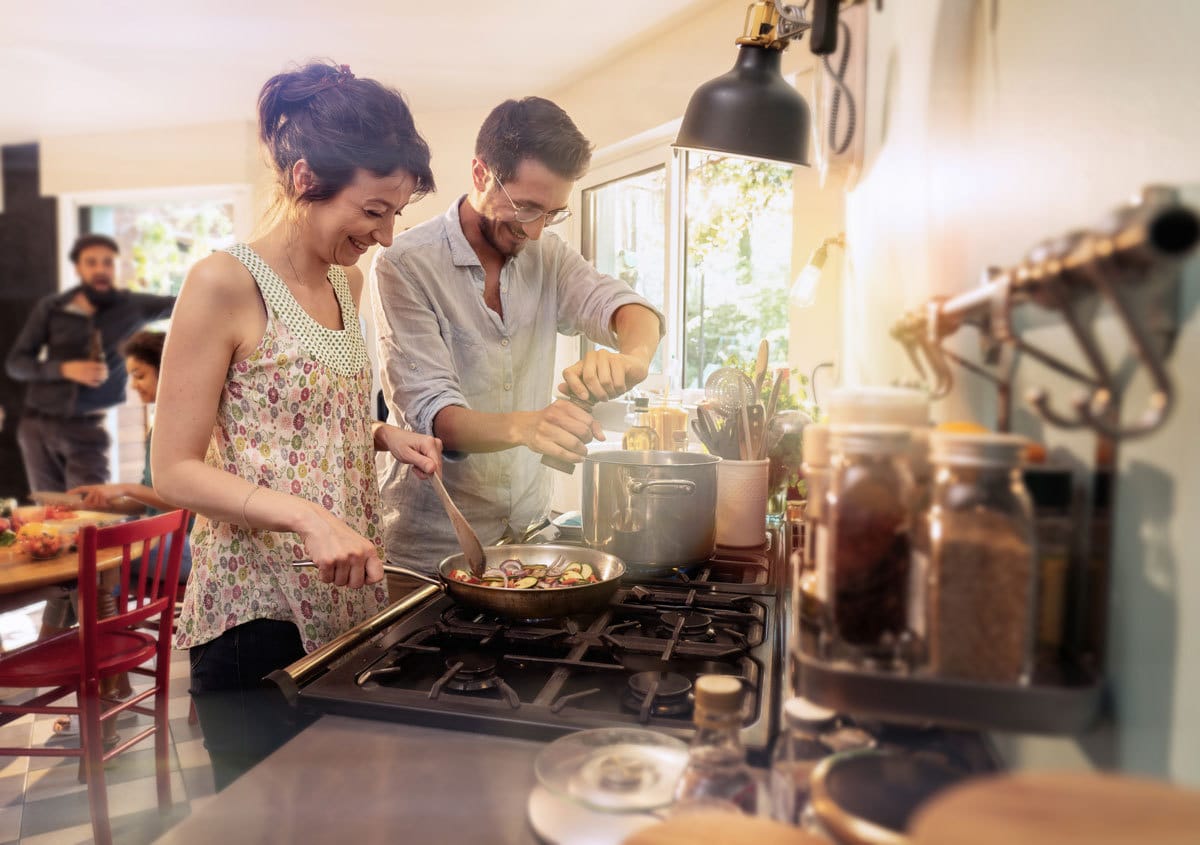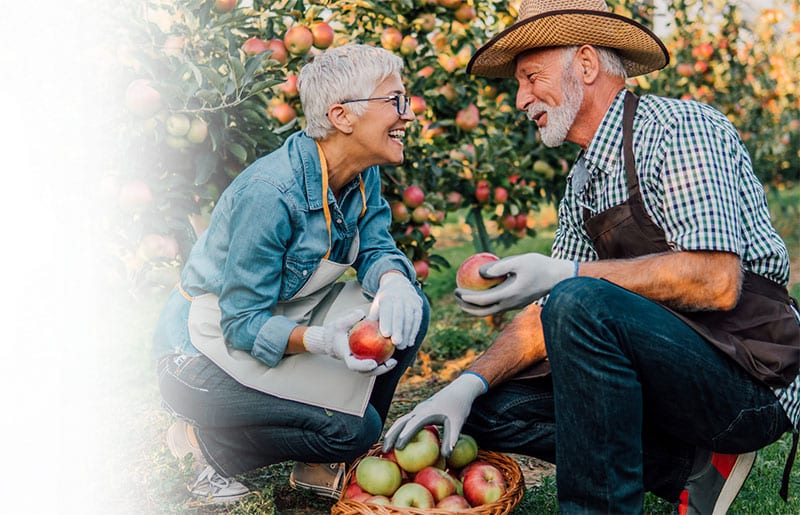
Cooking Burns: How to Prevent and Treat a Burn
Now that the holiday season is upon us, many people find themselves cooking more meals for parties and potlucks than at other times of the year. More time in front of the stove increases your chances of getting an accidental burn, so check out our safety tips to both prevent burns, and how to treat them if you get one.
Burn Prevention
You won’t have to treat a burn if you don’t get one in the first place. Here’s a list of easy things you can do to reduce your risk of getting a burn:
- Point your pan handles away from the edge of the stove where they could be bumped, and don’t let them hover on top of other hot burners
- Don’t wear loose or flowy shirts, and make sure your sleeves are out of the way so they don’t come in contact with the stove burners
- Make sure your oven mitts are in good condition, and replace them if they start to lose their heat-resistance
- Don’t hold a child or pet while cooking—any unexpected moves on their part could lead to a burn for either or both of you
- Slowly and carefully open any container that has been microwaved
- Keep a healthy distance from hot grease or boiling water
- Speaking of healthy distances, create a zone near the stove that children know they are not allowed to enter
- Never touch the stove with bare hands to see if it’s hot. That may seem obvious, but sometimes people act before they think!
How to Treat a Burn & How to Heal a Burn Fast
Stock your first-aid kit with basics like gauze, band-aids, aloe vera gel, and antibacterial ointment. Some burns you can treat yourself, but others require immediate medical attention; first- and second-degree burns can be treated at home, but third- and fourth-degree burns are medical emergencies requiring a trip to the hospital. Here are the different types of burns and how to recognize them:
- First-degree burns only affect the outer layer of skin, and causes mild redness and pain
- Second-degree burns go deeper, and can result in wet, shiny skin or blisters
- Third-degree burns damage all layers of skin, and sometimes damages nerves so badly that it doesn’t cause pain at all
- Fourth-degree burns may go deep enough to affect the joints and bones
If you or your family member gets a minor burn, follow these steps:
- Run cool water over the burn for 15-20 minutes. Clean the burn with mild soap and water. Don’t use cold water or ice as they can slow blood flow and damage the tissue
- Relieve pain and swelling with a cool wet cloth in 5- to 15-minute intervals
- Prevent infections by applying an antibacterial ointment and cover with a sterile cloth
- Apply aloe vera, which is anti-inflammatory and stops the growth of bacteria
- Despite what you may have heard, do not apply butter or oil, as they can actually hold heat in
Now that you have a few safety tips and ways to treat burns should they occur, cooking will be a stress-free and pleasure-filled activity!
For more articles on healthy living, see our articles at scrippsamg.com

Join our Senior Wellness Society for the latest news on Medicare and tips for healthy living in San Diego!
Sign up now ›Are you looking for specialized medical care in San Diego?
Our directory has more than 850 doctors in San Diego County of various specialties who are available to help you.
Find a doctor